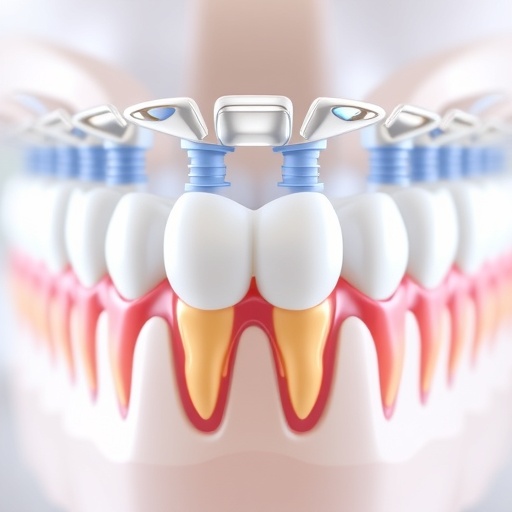We might be forgiven for thinking that a dog's sense of smell is more sensitive than our own.1 After all, our other senses seem to dominate daily life. But, the human nose is a powerful analytical tool which can, at times, drastically impact human interactions, and can be used for targeted artefact detection in modern materials and processes, explains Andrea Buettner, editor of the recently published Springer Handbook of Odor, a compendium of smell research including the chemistry and origin of what smells, the physiology and psychology of odor perception, and the application of scents and their measurement, but also the avoidance of odor nuisances.
"The relaxing or stimulating powers of smell fascinated me early on," says Buettner, who grew up loving the smell of cut wood from her father's carpentry workshop. Her research as a food chemist and aroma researcher now additionally focuses on the smells of the modern world, more precisely, the investigation of new substances and their physiological and toxicological effects, as well as the psychosomatic effects of offensive or irritating smell exposure.
The field of odor science is vast and Buettner explains that the most exciting research arises at the interfaces between disciplines. For example, between architecture and physiology where researchers show how sensual perception can be used as an architectural design method so that a successful building design has to consider the context of the building and the whole human body.2 Or between medicine and chemistry, where research into how analyzing the chemical molecules in our exhaled breath can help us diagnose certain diseases.3
Potential research topics in odor science are "practically endless," explains Buettner, who highlights the applications such research can have in our daily life.
"People should be more aware of their sense of smell, start training this sense early on in their youth, not only because it is good to know the different smells better but also because it adds another dimension to the quality of life!"
###
Andrea Buettner is deputy director of the Fraunhofer Institute for Process Engineering and Packaging (IVV) and professor at the
Friedrich-Alexander-University of Erlangen-Nuremberg, Germany
Full interview with Andrea Buettner is available here.
Buettner A (ed) (2017) Springer Handbook of Odor. Springer International Publishing
Further information
The research and researchers mentioned above feature in the Springer Handbook of Odor. Further details about the researchers and their work, as well as pdfs of their respective chapters in the Springer Handbook of Odor are available on request.
1. Humans can smell as well as dogs (Matthias Laska, Linköping University, Sweden) Our human sense of smell is much better than we traditionally thought. In fact, for certain odorants our human nose is even more sensitive than a dog's. We cannot predict how good the sense of smell of a species is from neuroanatomical features, such as size of brain structure or genetic features. Instead, the behavioral relevance of odors seems to determine the sensitivity of an animal's sense of smell.
2. Why should smell be incorporated into building design? (Katinka Temme, University of Augsburg) investigates how sensual perception can be used as an architectural design method. Any successful building design has to consider the context of the building and the whole human body together with its senses as important design parameters. Incorporating smell and our other senses into buildings creates spaces where we feel welcomed and healthy.
3. Disease diagnostics via exhaled breath (Jonathan Beauchamp, Fraunhofer Institute for Process Engineering and Packaging IVV, Germany) Exhaled breath contains many chemical molecules. This research focuses on the sources of these molecules which are metabolism, the microbiome, or environmental factors, amongst others. Imbalances in the body due to illness can alter the type and quantities of these exhaled chemicals, and therefore how breath analysis offers a potential non-invasive diagnostic aid for certain diseases.
Media Contact
Elizabeth Hawkins
[email protected]
62-214-878-130
@SpringerNature
http://www.springer.com
############
Story Source: Materials provided by Scienmag




